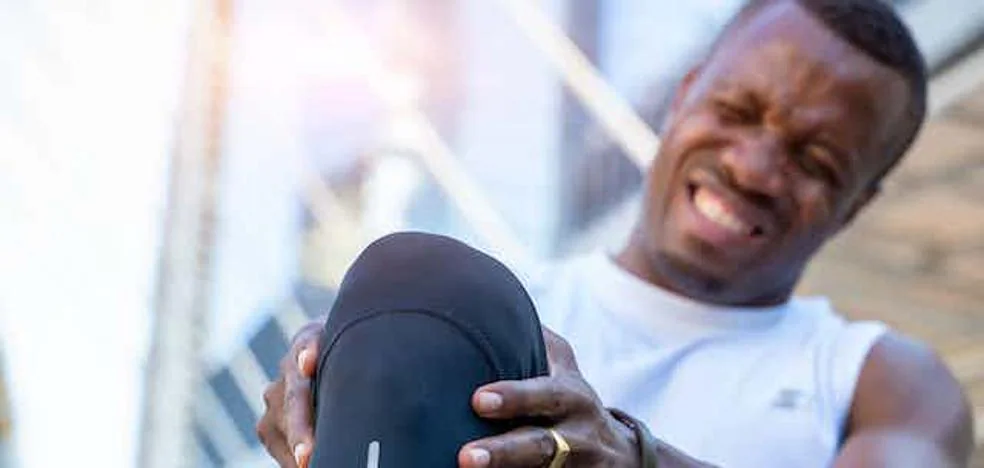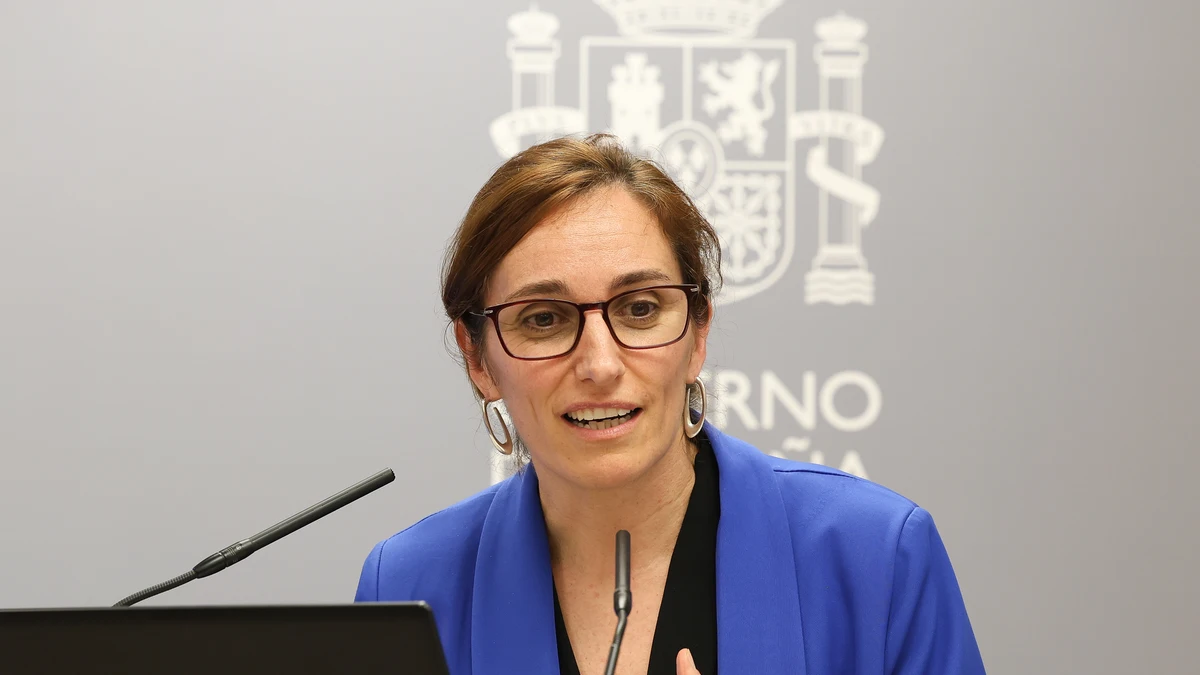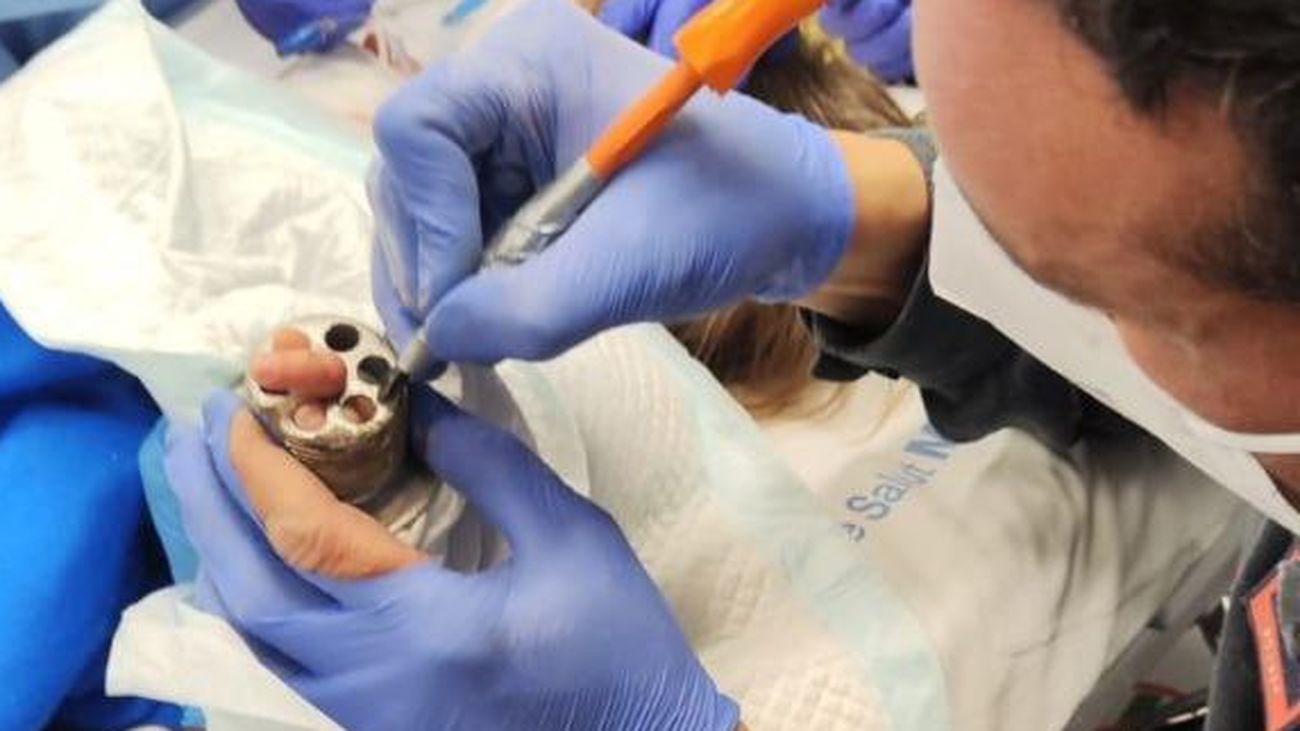Why does everyone feel pain differently?

It is possible to get out of that vicious circle in which we feel that we have to constantly pay attention to the pain
Where does this pain that I'm feeling come from? What really triggers it? Why is it not always produced in the same way? Does everyone hurt the same as me? These are questions I have asked myself for a long time. I have had chronic low back pain. And yes, I have experienced in my own flesh pain so unbearable that it prevented me from walking.
However, just because of that experience I can shout from the rooftops that… chronic pain is not for life! It is possible to get out of that vicious circle in which we feel that we have to constantly pay attention to pain.
I myself have verified that hypervigilance to pain can be overcome and fears of moving and getting worse can be overcome. Now, we need to understand our painful experience and develop enough self-confidence to empower ourselves in our own process.
As a researcher and teacher, I dedicate myself to studying what we think, believe and feel about pain and why people experience different intensities and durations of the muscular pain we suffer from, even though the area of the body where it is felt is exactly the same.
Not everything is what it seems
Chronic pain is defined as pain that persists beyond the natural course of tissue recovery. In other words, the one that is maintained for a time greater than three months despite the fact that our structure (for example, the muscle) is recovered.
Why is this happening? The influence exerted by the human brain on the painful experience is indisputable. The brain of each person presents a series of factors that make them unique in relation to other people when pain appears, including their belief system, their emotional state and previous experiences in which pain was the protagonist.
These factors modify the level of threat that our brain interprets as existing in a given situation. If it turns out that the situation is perceived by the brain as threatening, the pain will manifest.
Or if not, how is it that there are times when we hit ourselves and feel nothing, and other times the same hit hurts us at such an intense level that we don't know how to justify it? Why does it seem normal to us to have shoelaces, and yet, a small cut on the finger may be unbearable? Or why when we are subjected to a high level of stress, for example during exam periods, pain levels appear or increase?
Fear of pain and catastrophic thoughts
Multiple biological, contextual, cultural, psychological, and social factors play a key role in how a person with chronic musculoskeletal pain perceives, analyzes, and responds to their pain.
Both the fear of pain or movement ("if I move the pain will increase"), as well as the presence of catastrophic thoughts ("my pain is unbearable"), have been associated with an increase in the intensity levels of musculoskeletal pain that we experience.
At the opposite pole, self-efficacy beliefs in the face of pain (“I am confident in managing the symptoms, stress, and disability associated with pain”) reduce the intensity of the pain we experience.
There are therapies applied by different socio-health specialties to reduce fear, catastrophic thoughts and increase self-efficacy in the face of pain in people with chronic pain.
Specifically, physical exercise is considered a key therapy for the improvement of chronic musculoskeletal pain. However, much work remains to be done. Lack of adherence to exercise programs is common in people who experience this type of pain. A fundamental pillar to improve adherence is to help the person to build self-efficacy, empower themselves, feel motivated and give a sense of why it is beneficial to adhere to the regular practice of physical activity.
As healthcare professionals we have an enormous opportunity to empower people who come to us with chronic pain. It is key to create an atmosphere of trust and tranquility where an adequate therapeutic alliance is developed with the people who come in pain, through active listening to the entire painful process of the person, as well as the development of clear and realistic objectives as a team. .
Thanks to this, an optimal path can be established that provides security to the person and in which the health professional and the person experiencing pain walk together in each of the steps that are taken to reach the state of self-management in the practice of usual physical activity.
This article has been published in '
The conversation'.











